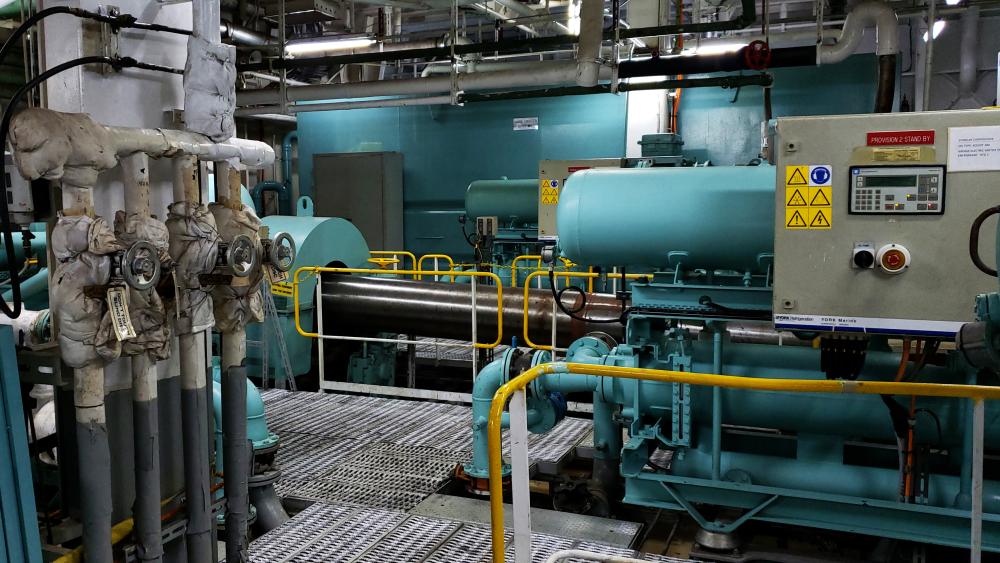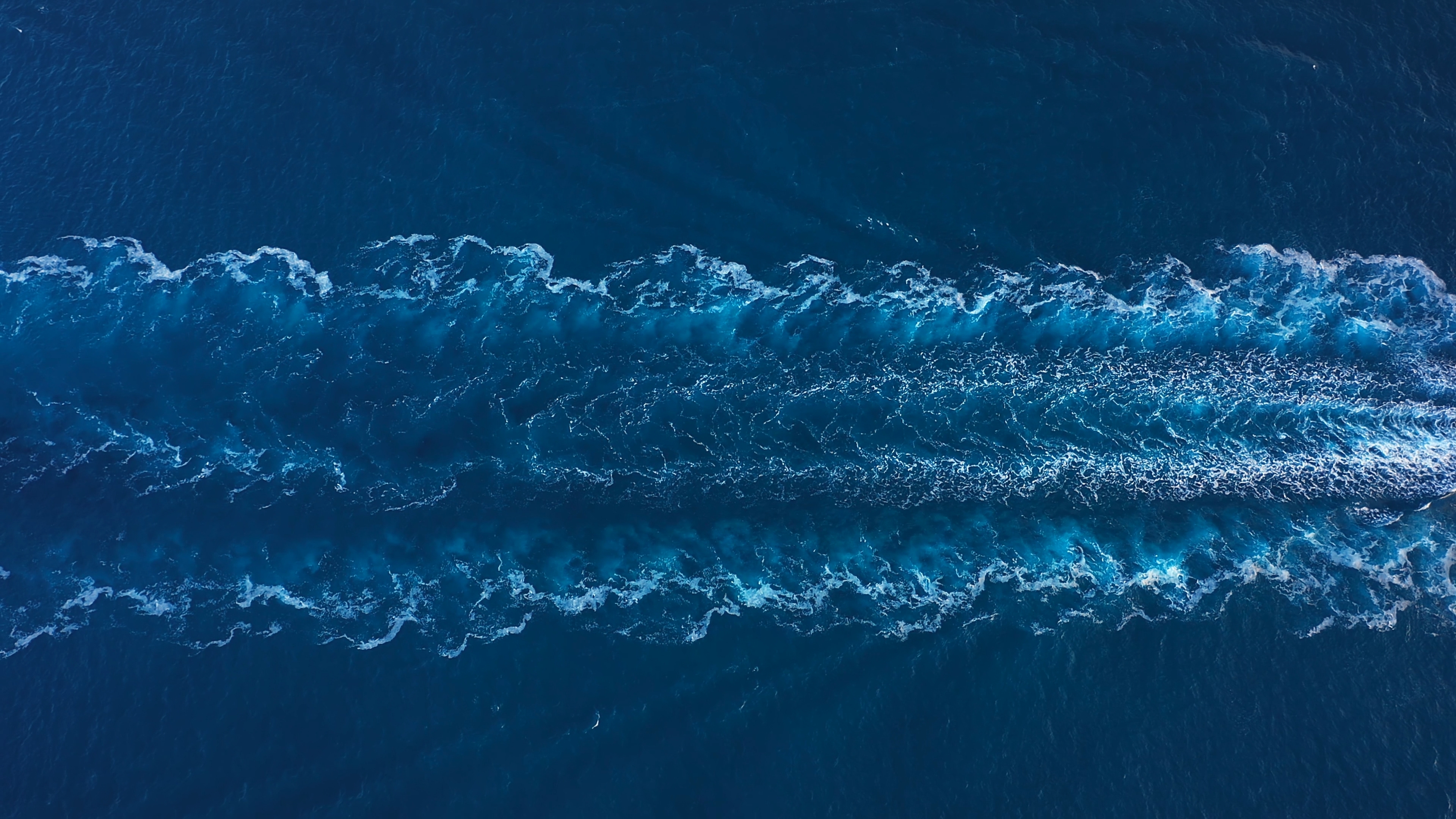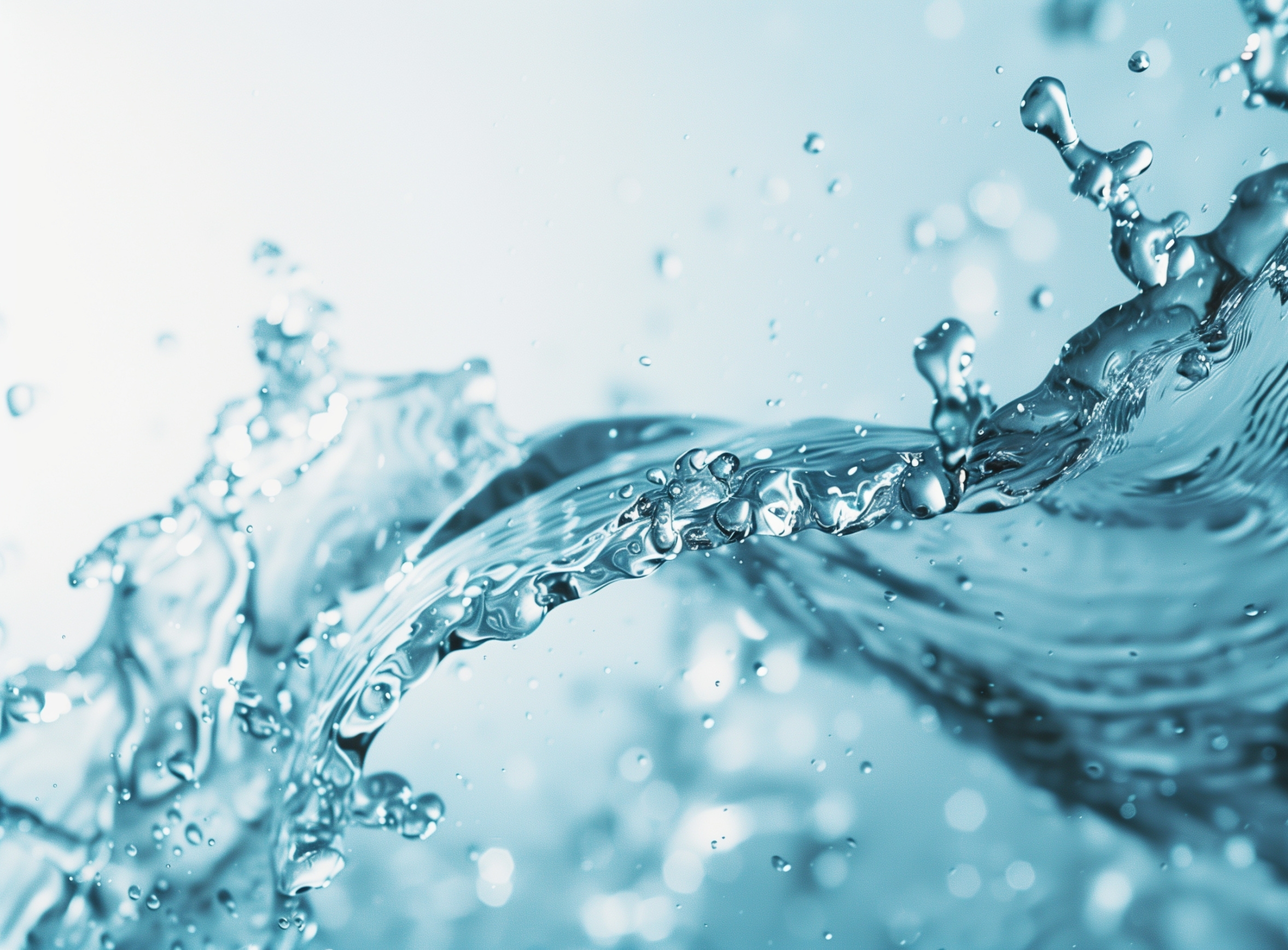Wastewater
CLIA-member cruise lines globally employ advanced onboard wastewater treatment systems that often surpass shoreside and international standards, adhering to strict policies exceeding regulatory requirements.
Commitment to Advanced Wastewater Treatment and Global Environmental Stewardship
As a mandatory requirement of CLIA membership, cruise ships do not discharge untreated sewage anywhere in the world during normal operations. Onboard Advanced Wastewater Treatment Systems (AWTS) ensure wastewater is processed to standards surpassing those of many coastal shoreside treatment facilities. CLIA's stringent global wastewater discharge policies for both black and grey water exceed regulatory requirements, and member cruise lines must use systems that meet or surpass international standards established by organizations such as the International Maritime Organization (IMO).

Ships
225
The number of CLIA cruise line member ships equipped with advance wastewater treatment systems, which represents 84% of global passenger capacity
Percent
175%
Since 2019, the number of ships with advanced wastewater treatment systems capable of meeting the more stringent standards of the Baltic Sea Special Area has increased 175%, more than one-third of CLIA member ships meet this standard.
Percent
100%
of new ships on order are specified to have advanced wastewater treatment systems, which will bring the total to approximately 250 ships over the next five years
FACT
Cruise ships do not discharge untreated sewage anywhere in the world during normal operations as a condition of membership under CLIA global policies.
FACT
The advanced wastewater treatment systems onboard treat wastewater to a higher standard than shoreside treatment plants in many coastal cities.
Did you Know?
All land-based facilities generate black and gray water from the daily lives of humans that go to municipal sources and then are returned to natural waterways after being treated. That means everywhere there are toilets, sinks, and drains in homes, hotels, and businesses, after treatment they go into rivers, waterways and the oceans.
The wastewater treatment plants on land are designed to remove pollutants and contaminants before the treated water is discharged into natural areas. This is the process everywhere in the world except in areas of the world that do not have treatment systems. In places in the world where, unfortunately, there is not a wastewater treatment facility, black and gray water go directly into the waterways untreated.
Cruise ships also have wastewater treatment systems on board but there is a difference.
Wastewater Treatment systems on board cruise ships rival that of land-based systems and treat water to drinkable standards.
The quality and advanced technology of the systems on board cruise ships are superior in many ways to land-based systems. Take for example, the systems utilized by CLIA-member cruise lines. These systems treat wastewater to a level beyond international standards and, notably, to a level that rivals even shoreside systems in coastal cities. And, no, we don’t re-use the water for drinkable purposes. Often, the water is repurposed for non-potable use, which helps cruise ships produce up to 100% of their water needs on board without having to pull from ports of call and destinations where water may be available in limited quantities.
On land, water treatment facilities only cover about 35% of the world’s population. In contrast, cruise ships have wastewater treatment systems, and the vast majority of them (80% of ships) go further and are advanced wastewater treatment systems, which go well beyond what other systems do. In fact, while the advanced systems on cruise ships rival land-based systems, more than one-third of the ships go even further and are equipped with AWTS capable of meeting the more stringent wastewater release standards of the Baltic Sea Special Area.
Ahead of the Wave: Cruise Ship Wastewater Innovations
Many of the water treatment technologies on cruise ships, which help treat wastewater to be discharged to levels that make it safe for the environment, are not available in land-based systems.
- Cruise ship systems are designed to reduce the pollutants in the wastewater to levels that are safe to be released into the ocean.
- The advanced systems used on cruise ships typically include multi-stage treatment processes that involve several stages of physical, chemical and biological treatment.
- These processes remove pollutants such as suspended solids, bacteria, and organic matter from the wastewater.
- The treated water is then discharged in a manner that meets or exceeds all applicable laws and regulations.
- Cruise ships also use advanced technologies such as ozonation, reverse osmosis, and ultraviolet disinfection to further treat the wastewater.
- Because cruise ships are able to remove nitrogen from wastewater, residual biomass from wastewater treatment processes can be treated and turned in to ‘biosolids”, a nutrient-rich organic byproduct that can be put to beneficial re-use as a soil amendment—something treatment plants are not able to do as well.

Beyond Compliance
How CLIA Cruise Lines Exceed International Standards for Responsible Wastewater Discharge
Under the International Maritime Organization’s regulations (specifically MARPOL Annex IV), ship discharge rules require the use of approved sewage treatment systems for both black and gray water, with discharges permitted only at designated distances from shore. Consequently, describing these discharges as "dumping" inaccurately suggests untreated water. Furthermore, as highlighted above, CLIA-member cruise lines adhere to standards exceeding these regulatory requirements.


